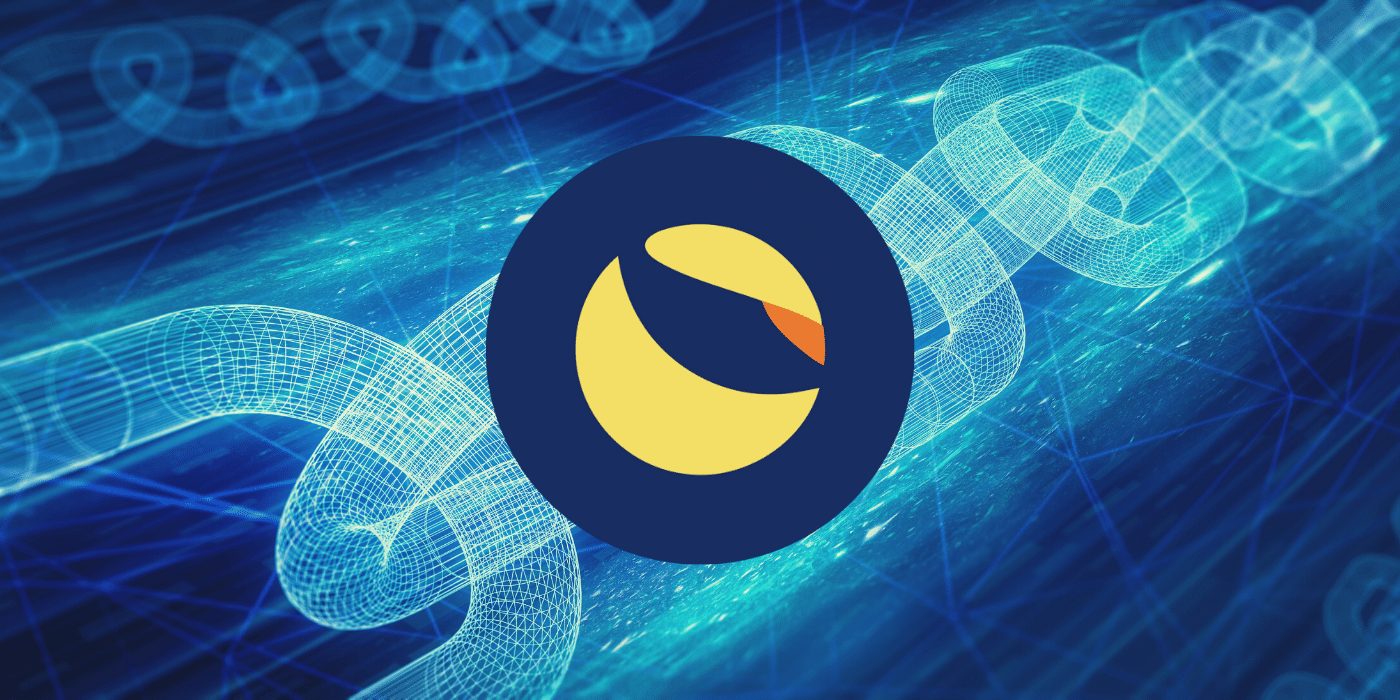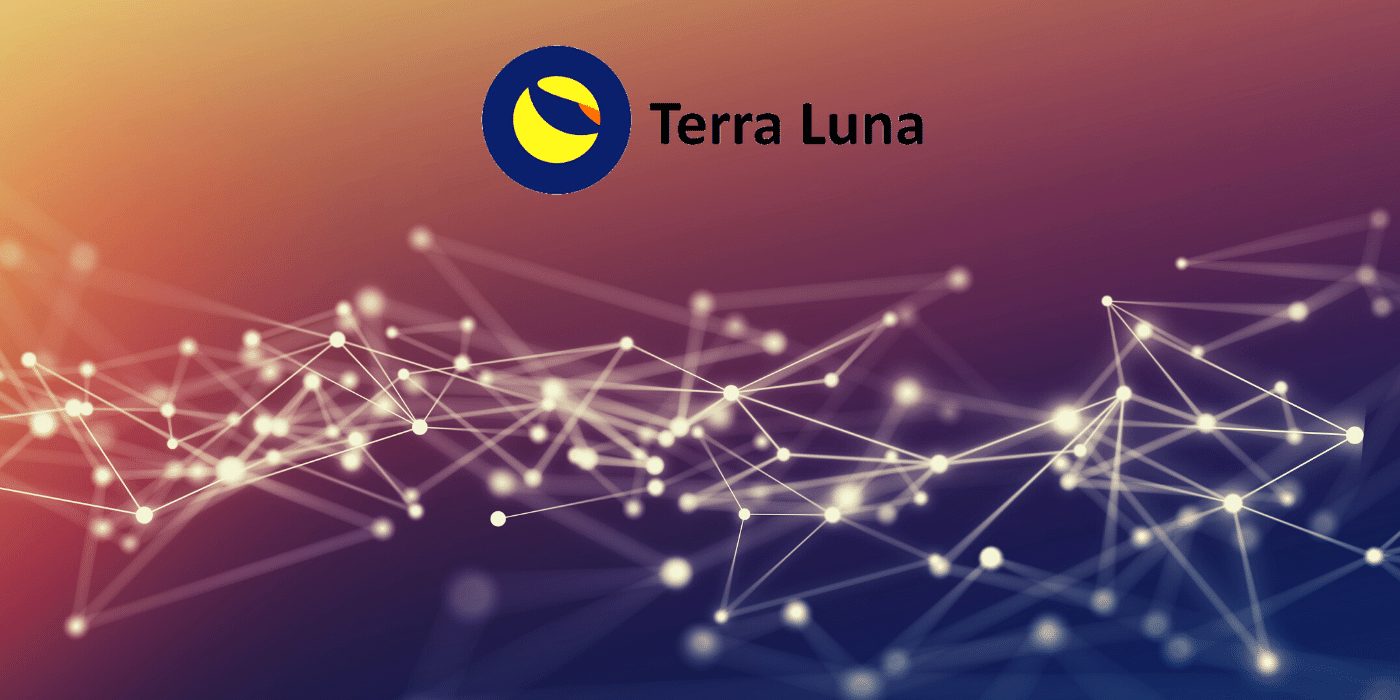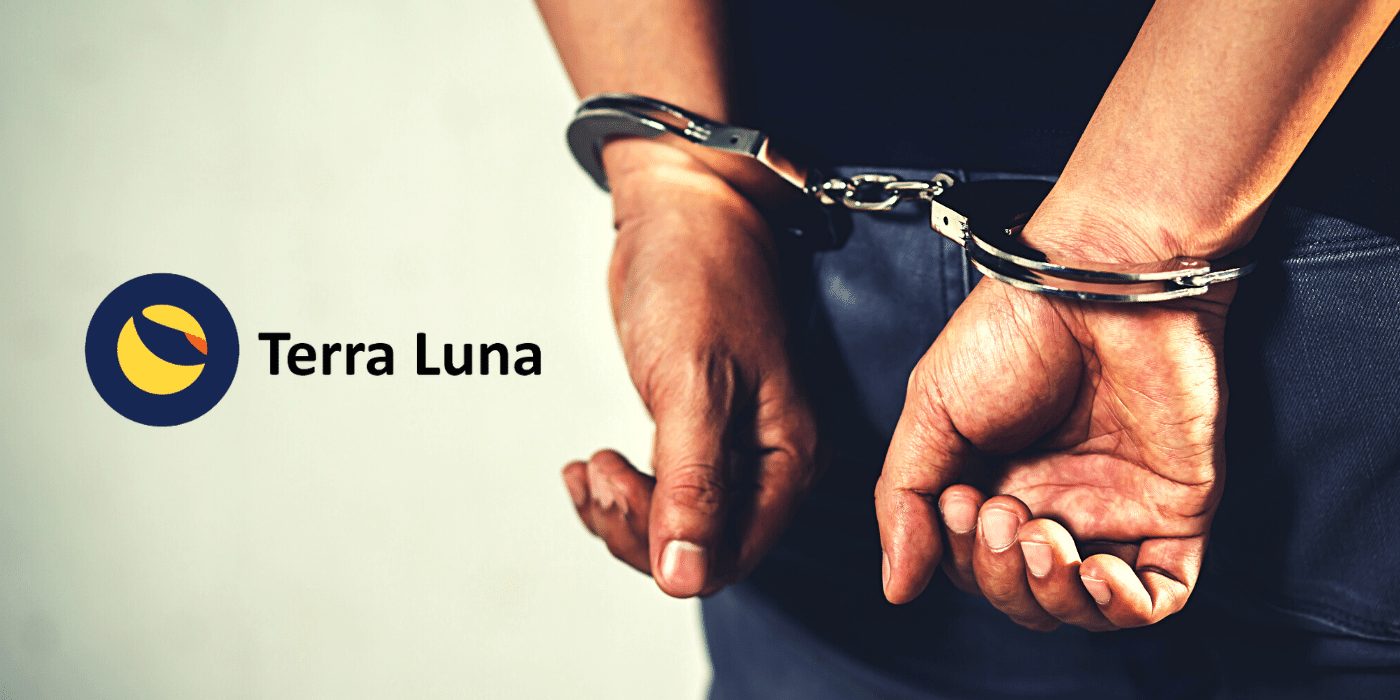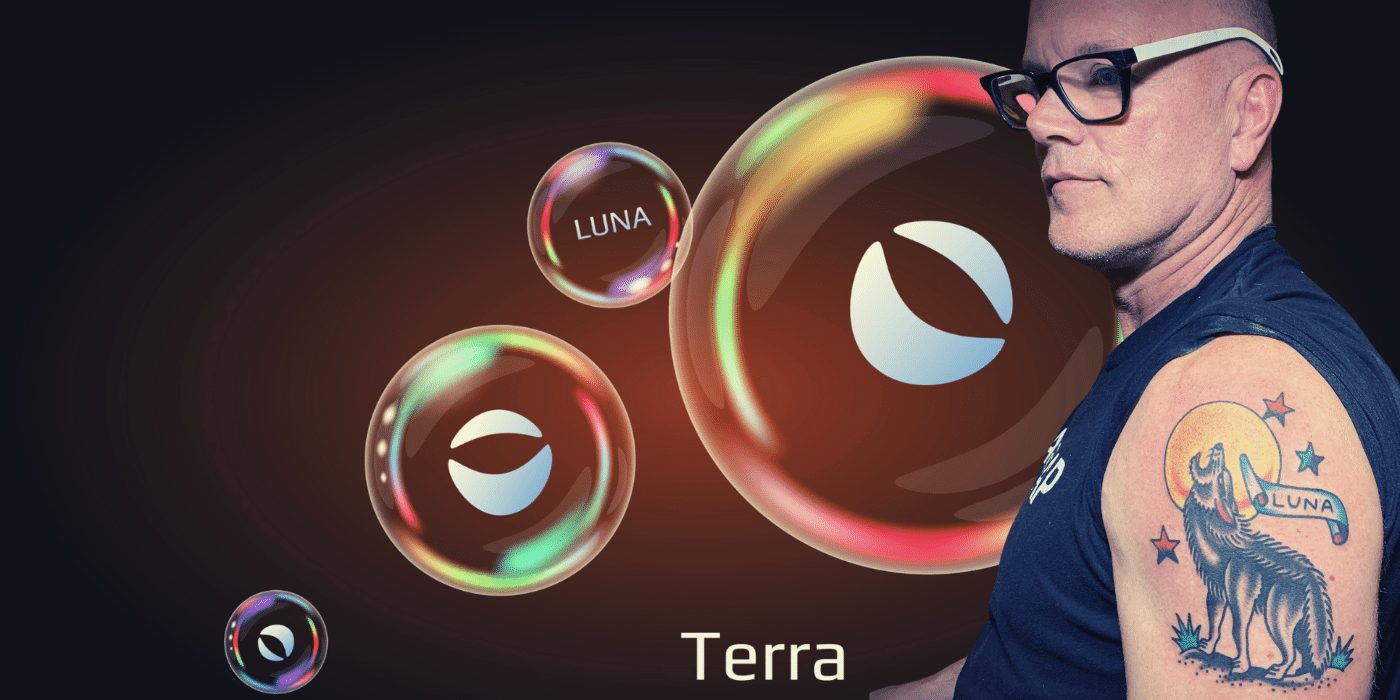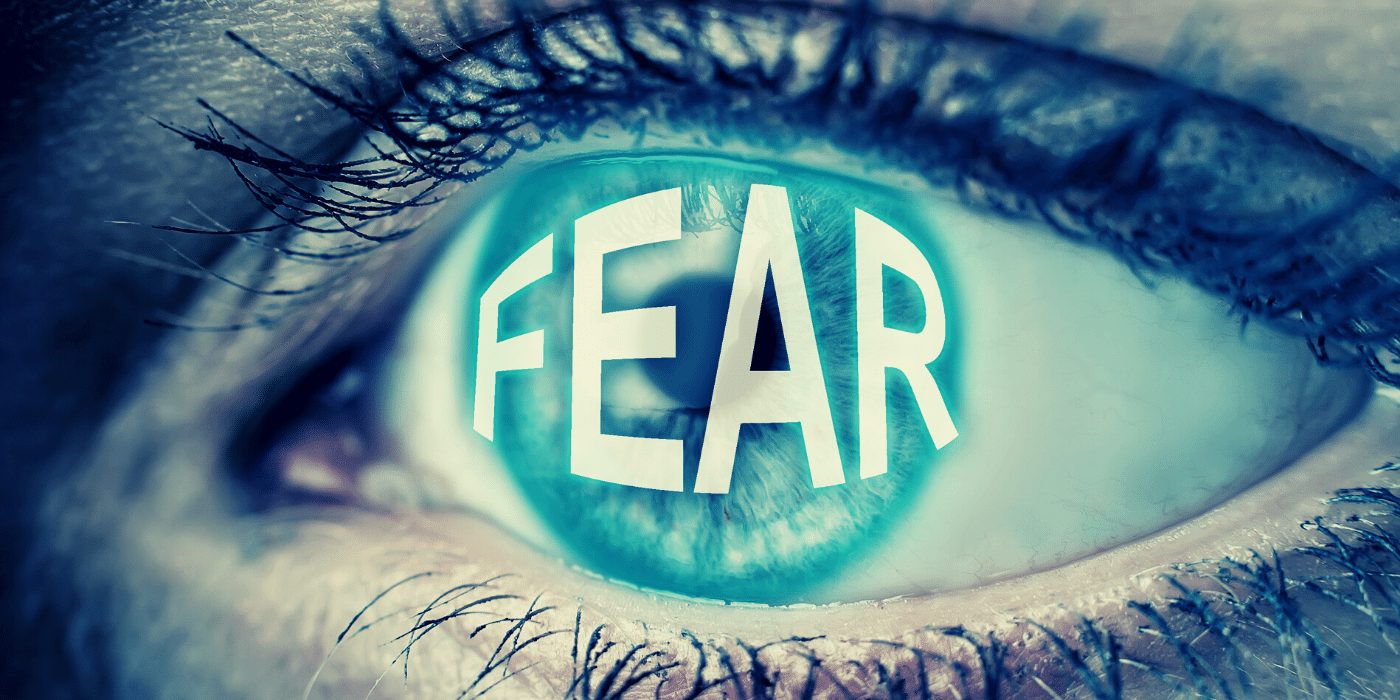Despite launching a new blockchain for LUNA, things appear to be going from bad to worse for Terraform Labs as revelations emerge that South Korean law enforcement officials are probing its staff in relation to the LUNA/UST implosion:
Authorities Dig Deeper into Terra Ecosystem Collapse
According to a report by a local news outlet, prosecuting authorities have commenced a full-scale investigation into the Terra unwinding. The report notes that it spoke with several employees involved in the development of the project, with one stating:
Even at that time, there was a warning inside that there could be a collapse at any time, but CEO Kwon Do-hyeong forced the coin to be launched.
Anonymous Terraform Labs employee, JTBC
According to local news agency JTBC, a team focused on prosecuting securities-related crimes summoned all Terraform Labs employees and developers to submit any related materials they might have. In addition, all employees either have been or will be investigated as part of the process.
The prosecution managed to secure a statement from one anonymous employee who worked there from 2019, claiming that LUNA and Terra should not have been launched since its own internal pilot model had failed:

If you pay interest of several tens of percent to investors without a stable collateral or profit model, people may flock to you at the beginning, but at a certain point in time it has no choice but to collapse because it cannot handle interest payments and fluctuations in value.
Anonymous employee, Terraform Labs
The report went further to describe how this was not founder Do Kwon’s first attempt at a cryptocurrency, the other being Basis Cash which, much like LUNA, fell sharply after an initial price increase.
Prosecutors said they were investigating the matter in its entirety and whether there was any “intentional price manipulation or whether the domestic virtual currency exchange went through a proper listing review process”:
Stormy Times Ahead
Meanwhile, as official investigations continue, 76 victims have filed a formal complaint with the Prosecutor’s Office against Terraform Labs, Do Kwon, and co-founder Shin Hyun-seong. According to JTBC, in total the complaints are tied to losses worth 6.7 billion won (US$5.4 million):
Simultaneously, police are attempting to freeze the Luna Foundation Guard’s remaining assets, not to mention the US$78 million tax evasion fine due by the crypto startup. If recent developments are anything to go by, Terraform Labs looks set to remain in the headlines for all the wrong reasons, at least for now.


